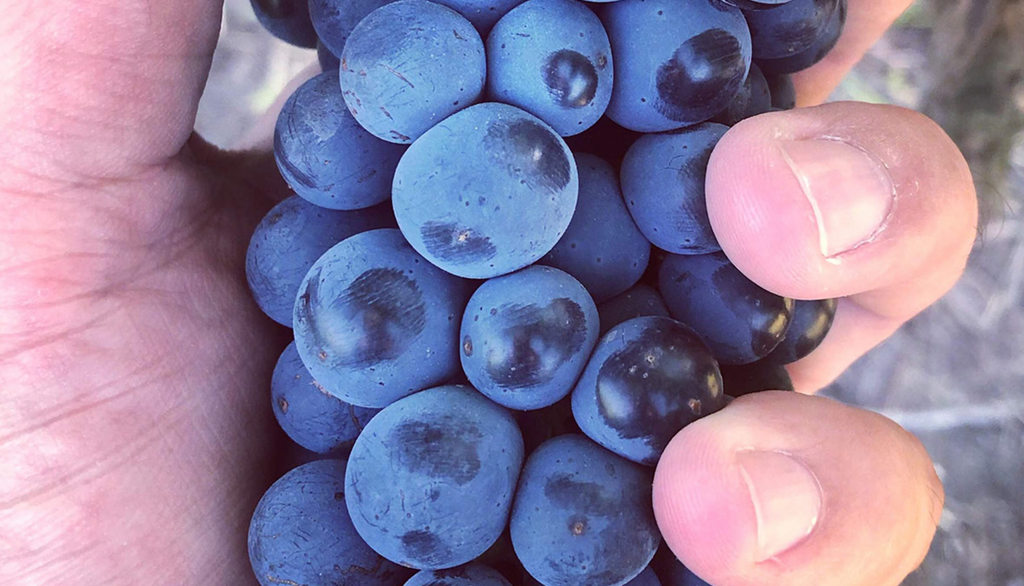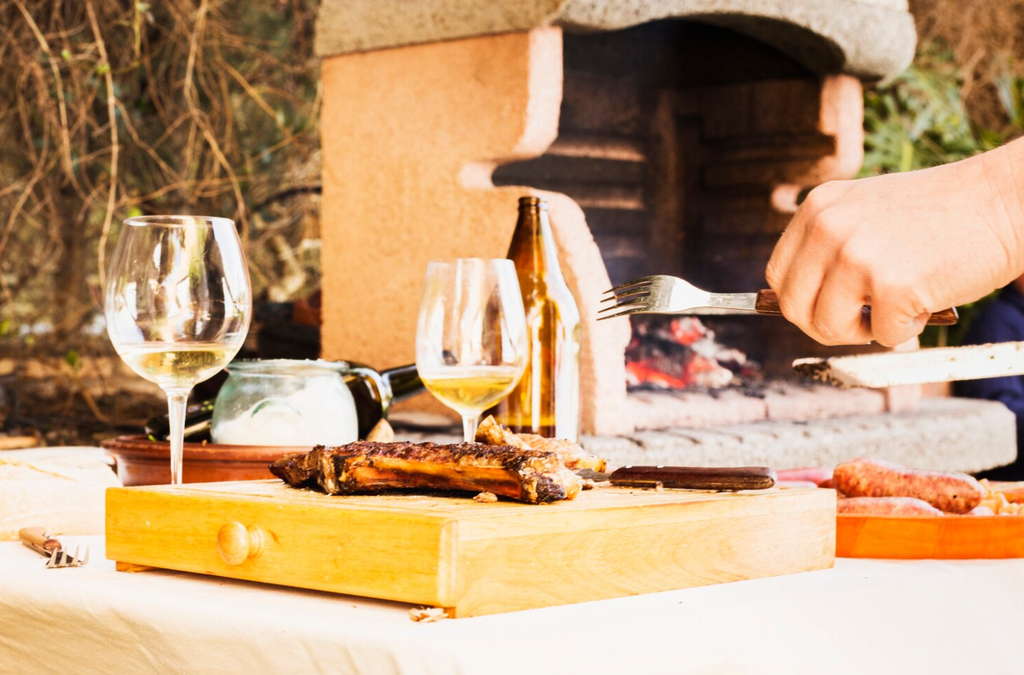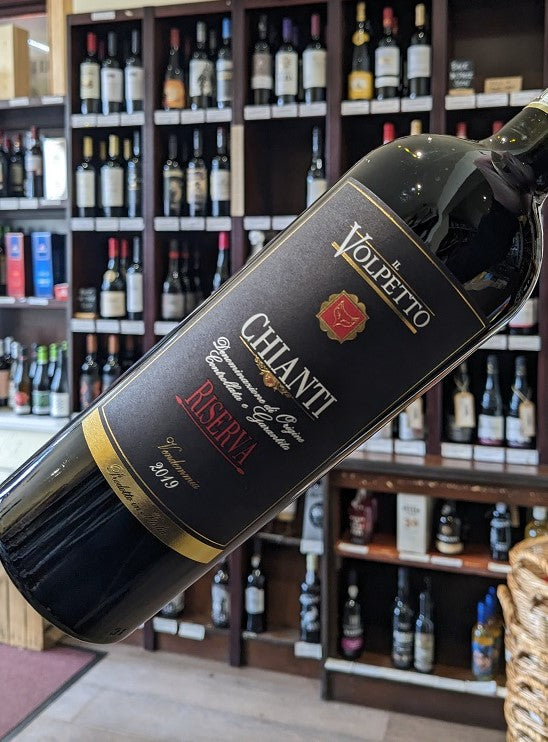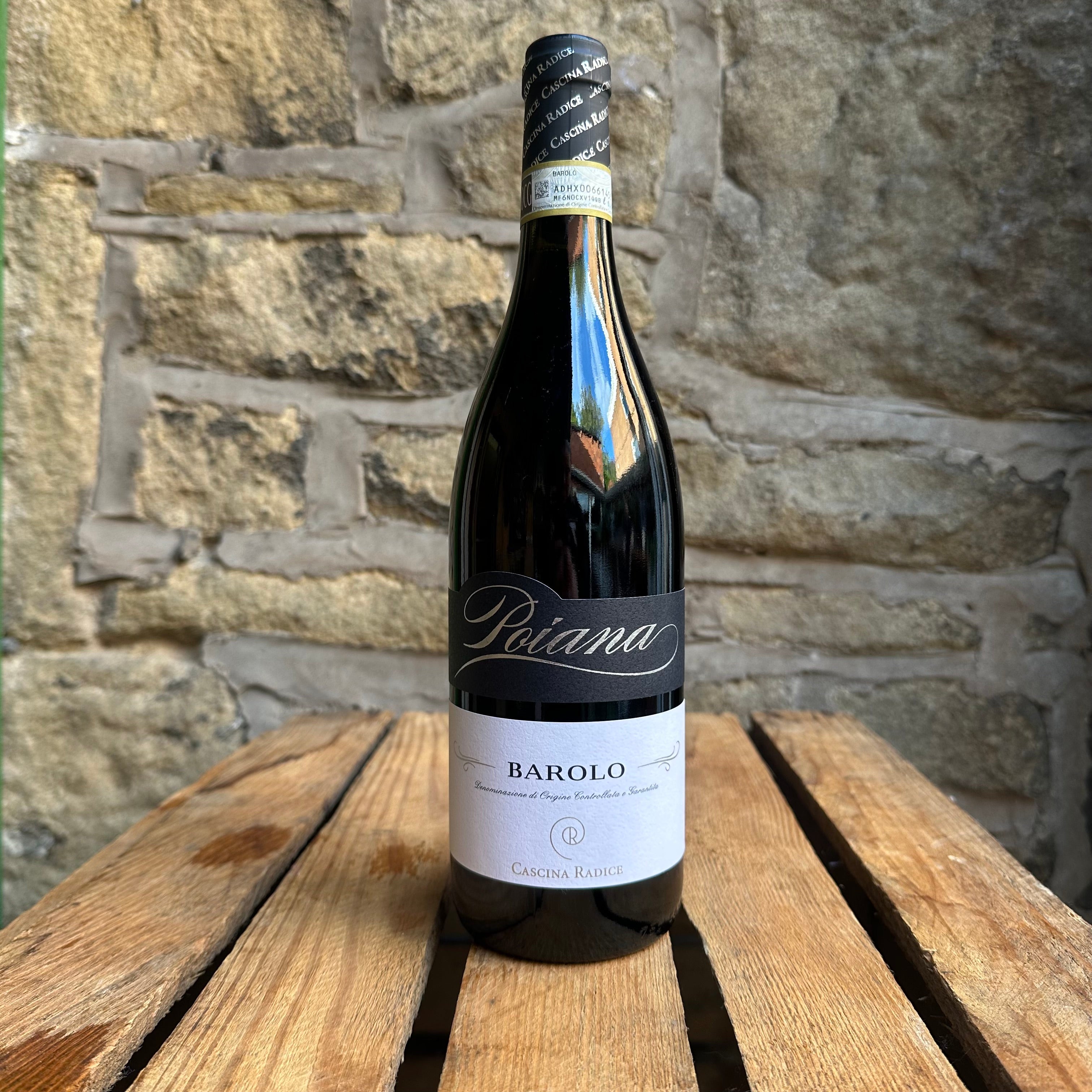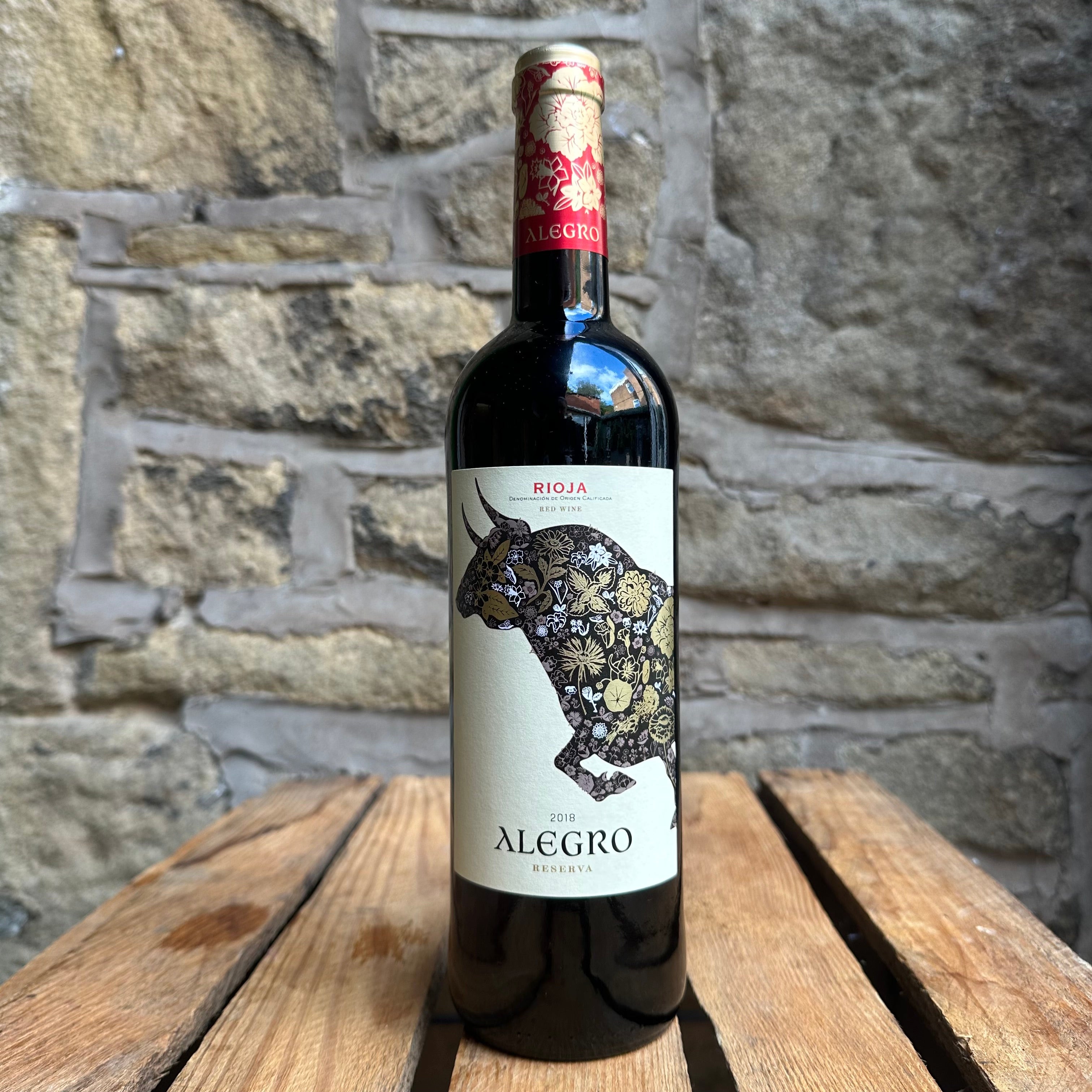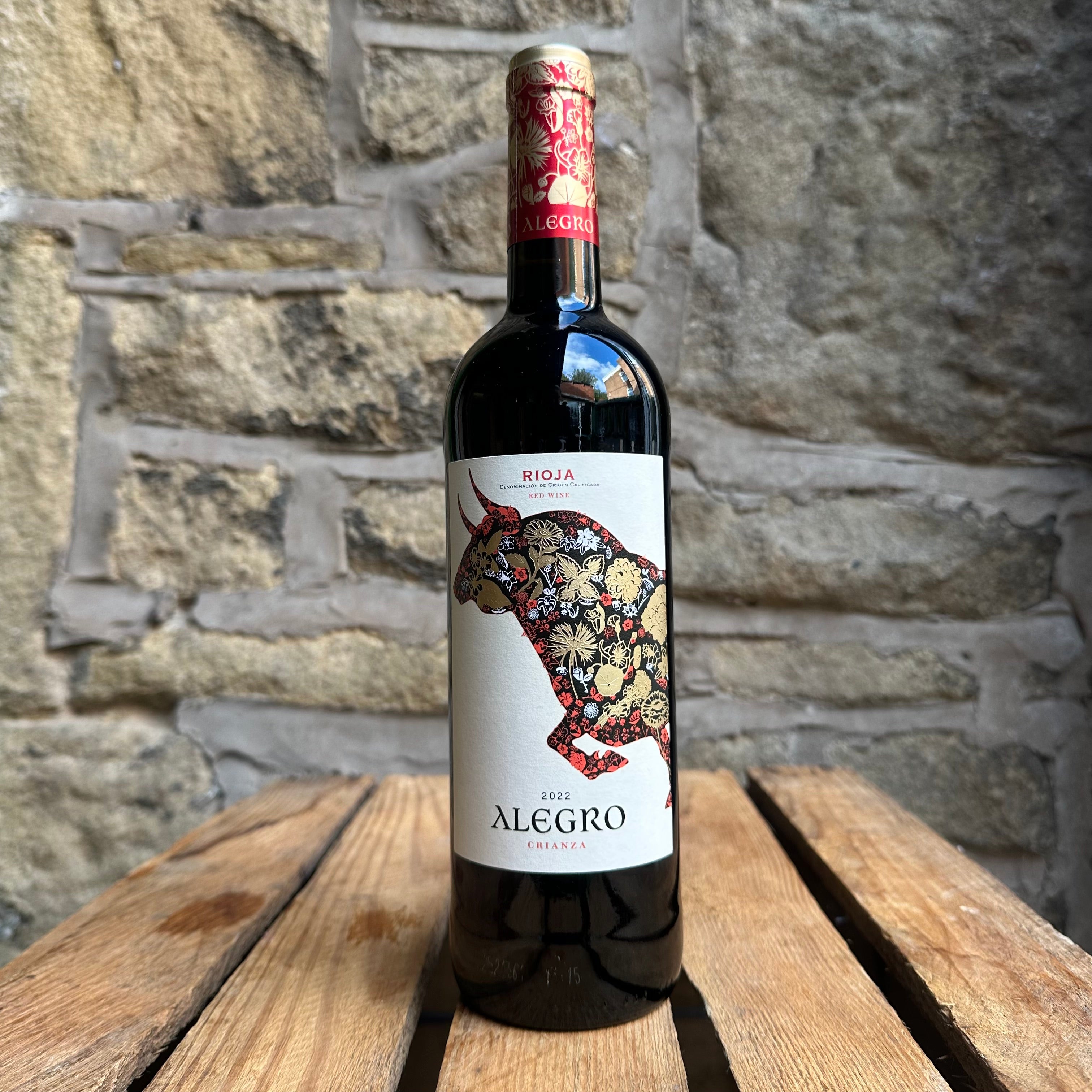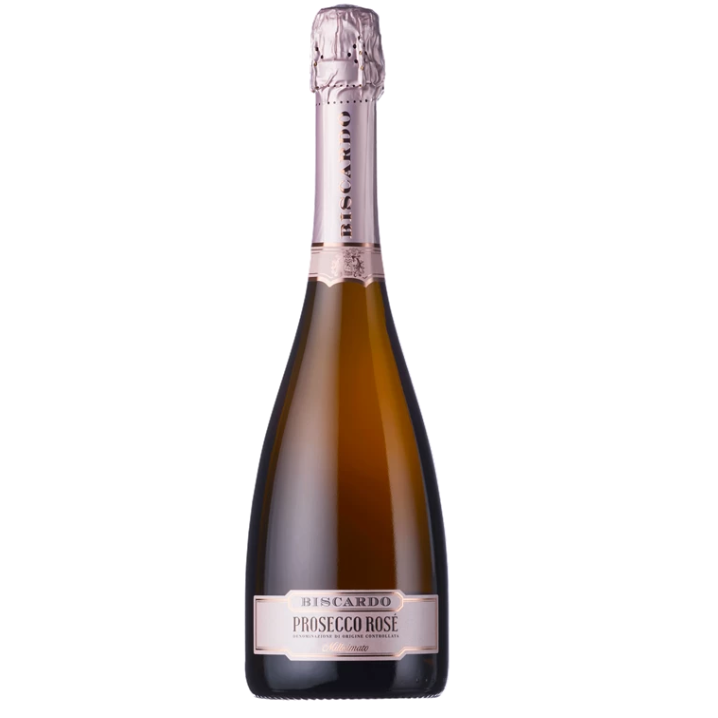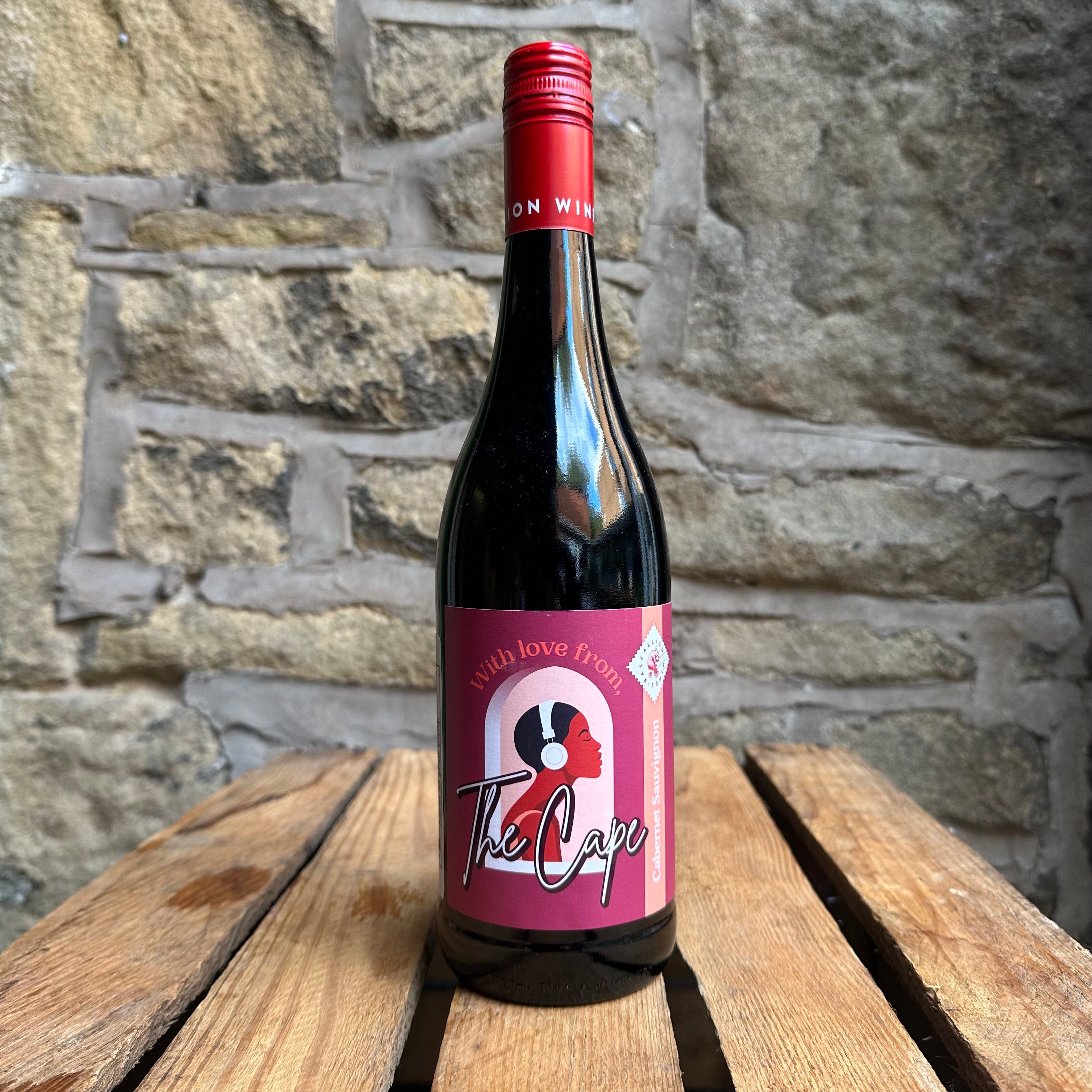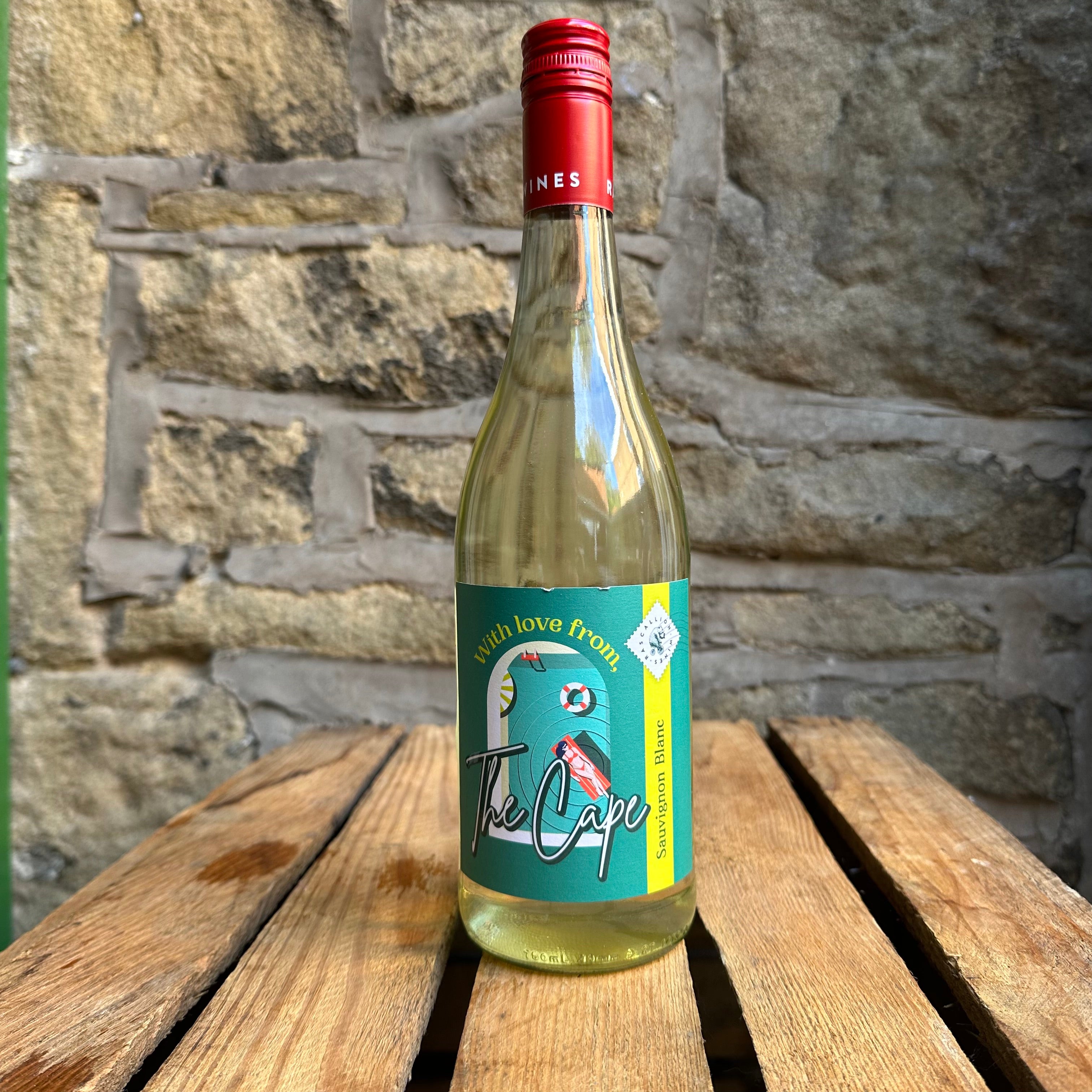
Grapes of Bulgaria

Becoming attached to our favourite 'known' wine grapes, we often forget about the wide variety cultivated with great expertise in Eastern Europe since ancient times. Hard to pronounce at times? Yes. Hard to swallow? Definitely not! Here we take a look at four grapes cultivated in Bulgaria to create luscious wines for all occasions.
The Misket Cherven grape is regarded as a very ancient indigenous variety used in Bulgaria, hailing from the eco-geographical region of the Black Sea. Late-ripening and hardy in cooler climates, it is unusual in being a red grape that is used for white wine making as a varietal. Typically showing a light profile displaying floral aromas, stone fruit, citrus and sometimes a tropical element, it is a grape that makes for an excellent, versatile table wine. Brestovitsa create a Misket wine using grapes from the Thracian Valley. Light and delicate with gentle citrus and white peach fruit aromas on a refreshingly crisp palate. Great for pairing with light summer food such as chicken Caesar salad, grilled fish or soft cheeses.
Rkatsiteli is a flagship grape of Eastern Europe cultivated since ancient times. It is the most popular and widely planted white grape in Bulgaria and with good reason. Rkatsiteli has an ability to shape a range of wines from varietals to blends, fortified to sparkling, dry to sweet, as well as a love of the country's cool climes and great balance of sugars and acidity. It is as loved in Bulgarian viticulture as, let's say, Pinot Grigio is in Italy. Relevantly, its dry wine profile can often be compared to the most complex Pinot Grigio's with refreshing citrus balancing green apple, white stone fruit, but with the subtle quince of Rkatsiteli adding unique flavour. Borovitsa Solena blends Rkatsiteli with Sauvignon Gris and Sauvignon Blanc, before maturing in Bulgarian and French new oak for 18 months to produce intense spicy, nutty aromas. Take that refreshing Rkatsiteli citrus, white peach and deep quince underlaid with nuts, vanilla and salt on the finish. Perfect with sushi, light curries or semi-hard cheeses.
Mavrud is another grape cultivated in Bulgaria since ancient times, yet enjoying sunny climes, it only covers less than 1% of the vineyard area the country and the wines it produces are very much prized for its robust and full flavours. Mavrud's home is thought to be the northern skirts of the Rhodopi Mountain south west of Plovdiv, and this is where the main vineyard block of Brestovitsa winery is situated who produce their Maximinus Thrax Mavrud. This example typifies its profile as a full bodied wine with tremendous longevity, boasting lots of blackberry, redberry and raspberry flavours. One year in French oak barrels smooths out abundant tannins, making this wine open up in complexity with age. Try it with red meat Sunday roasts, margherita pizza and strong matured cheeses.
Rubin was created in Bulgaria in the mid 20th century by combining Syrah and Nebbiolo grapes and has since become a staple grape used for local wines. Dark and full, the vines like hilly terrains with lots of sunlight during the day and good rainfall. The wines produced are full of ripe berry fruit flavours and excellent for long-ageing in the bottle, with the sturdy tannins smoothing over time and a multitude of nuanced complexities developing in the wine's profile whilst retaining its youthful freshness. Those experts at Brestovitsa produce Erigone Rubin, full of elegance with luxurious texture and many layers of red and black berry fruit revealing themselves during tasting. Excellent with pasta or risotto with cream or tomato-based sauced, hard cheeses and smoked meats.


